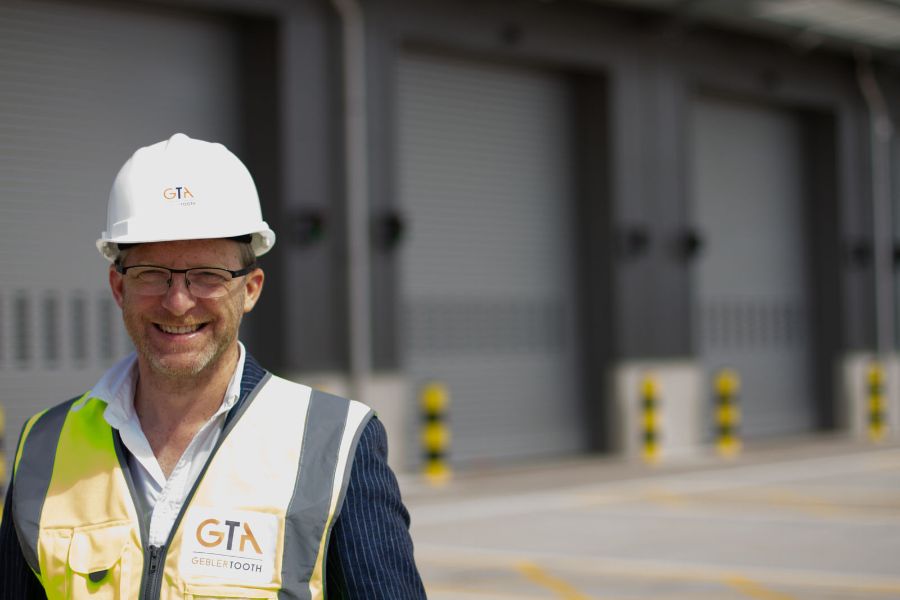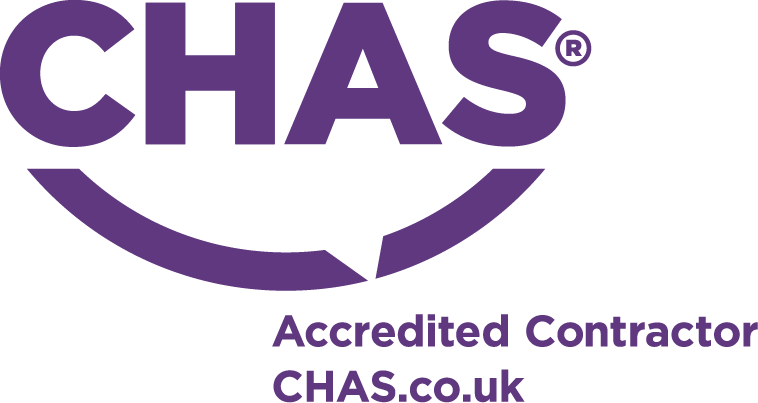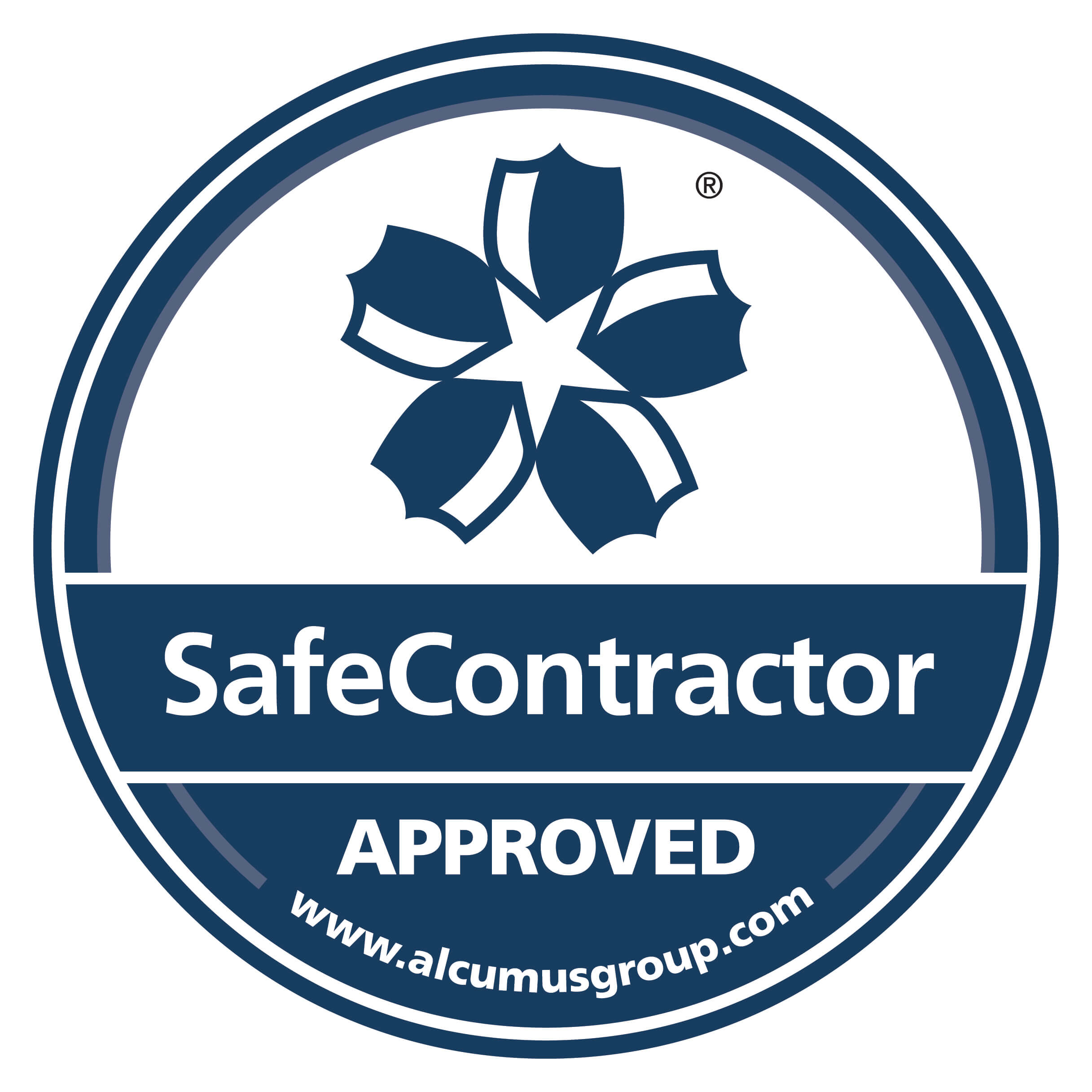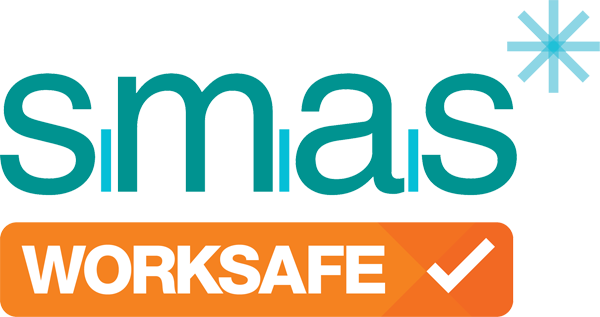Ladder and tower safety
Scale the highest heights in the knowledge that should a slip occur, shock-absorbing technology has your back. Our Vertical lifeline Systems offers the best personal fall protection for workers accessing ladders, buildings, masts, pylons, ladders, wind turbines and communication towers.
Our vertical safety systems can be permanently installed on a ladder or other vertical structure for regular maintenance and inspection.












